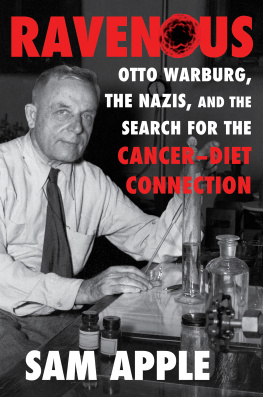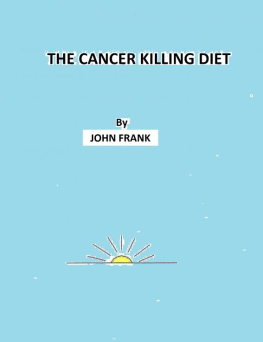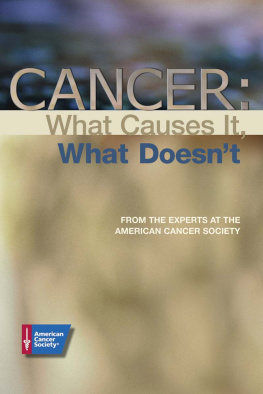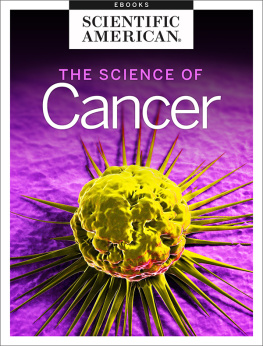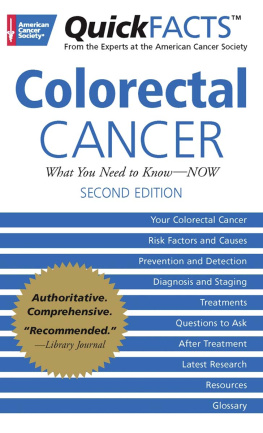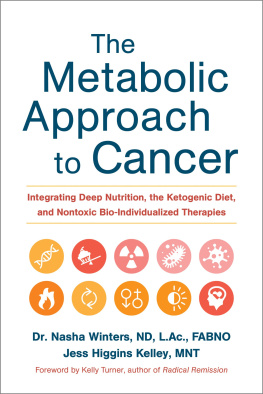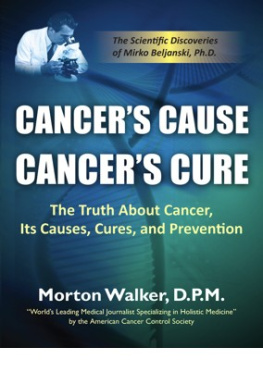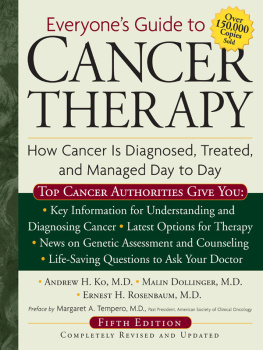
RAVENOUS
Otto Warburg, the Nazis, and the Search for the
Search for the CancerDiet Connection
SAM APPLE

LIVERIGHT PUBLISHING CORPORATION
A Division of W. W. Norton & Company
Independent Publishers Since 1923
For everyone who helped
you know who you are
ON JANUARY 16, 1934, a Nazi customs official arrived at the door of the Kaiser Wilhelm Institute for Cell Physiology with a stack of papers. A recently issued Nazi decree required scientific institutes to obtain a special license for the purchase of ethanol. The Institute for Cell Physiology had sent in its application six days earlier but had failed to return all of the necessary documents. Noticeably missing was a declaration of Aryan descent from its director, Otto Warburg. The Nazi official had brought along a blank form so that this oversight could be corrected.
Like most of the other scientific institutes of the Kaiser Wilhelm Society, the Institute for Cell Physiology was located in Dahlem, a quiet neighborhood of elegant villas in the southwest corner of Berlin. Though connected to the city by train, Dahlem, sometimes called the Oxford of Germany, was a small world unto itself, home to a significant portion of the greatest scientists alive. In the years before the Nazis came to power, it would have been hard to walk from one end of Dahlem to the other without bumping into a Nobel laureate. Otto Warburg himself had won the Nobel Prize only three years earlier. He was considered by many to be the greatest biochemist of his generation.
Standing on the doorstep of Warburgs institute, the Nazi customs official, Mr. Tesch, was likely wearing the uniform of his office, with a green, swastika-adorned sash visible on the sleeve of his long wool coat. As Tesch would have known, it was no accident that the declaration of Aryan descent was missing from Warburgs application for an ethanol license. Warburg may have been the most famous Jewish name in all of Germany. Though best known as the family behind the legendary Hamburg-based M.M. Warburg & Co. bank, the Warburg influence extended beyond finance. Members of the family were leading scholars, artists, and philanthropists, a veritable German-Jewish aristocracy in a country that, long before Hitler, had severely restricted the place of Jews in public life.
Otto Warburgs mother was not Jewish, but it only took one Jewish grandparent to make him a non-Aryan according to the Nazi regulations of 1933. Warburg had two Jewish grandparents, and his famous Warburg cousins in finance were frequent targets of Nazi propaganda, the very symbols of Jewish capitalist greed. Given that Warburg also lived with a male servant rumored to be his homosexual partner, he had as much reason to fear the Nazis as almost anyone in Germany.
The door to the institute was opened by an employee, probably one of Warburgs research assistants, who told the Nazi official that Warburg was unavailable. Tesch left the blank Aryan descent form with the employee, making clear that he needed it returned within 48 hours. Three days later, still awaiting the filled-out form, Tesch called the institute. A secretary answered and passed the handset to Warburg. I served in the military and was an officer, Warburg blared into the phone. It is out of the question that I will sign this form.
Though Tesch already knew that Otto Warburg was not of Aryan descent, there was something else about Warburg that he likely did not know when he placed that call. Whether Warburg was the greatest biochemist of the era was debatable, but he was almost certainly the most self-important biochemist who ever lived. As a colleague put it, measuring arrogance on a scale from 1 to 10, Warburg rated 20. Warburg was so enamored with himself that he once refused even to be photographed with a group of scientists he deemed beneath him
Still fuming days after the phone call, Warburg ordered a secretary to call the customs office that had sent Tesch to his institute. Professor Warburg does not wish to see the customs official who delivered the forms again, the secretary announced, and, if necessary, would have him removed from the building.
The Nazi official on the other end of the line was stunned. But Warburgs secretary wasnt finished. Asked to explain why Warburg was behaving so rudely to a government official, the secretary responded that Tesch had arrived at the institute unshaven and had spread unpleasant odors around him. The odors, he clarified, had presumably originated from an unclean body. The Institute for Cell Physiology, the secretary explained, had to ensure a meticulous level of cleanliness.
To the hygiene-obsessed Nazis, few insults could have been more offensive. While the archival documents suggest the secretary was a she, it was likely Warburgs male partner, Jacob Heiss, who told off the customs officials. Heiss, who would later become the administrator of the institute, was rarely far from Warburgs side, and he was in the habit of shouting people down on his behalf. A glassblower who worked at the institute after the Second World War remembered Heiss screaming at unwanted visitors in exactly the manner of the secretary on the phone with the Nazis.
Warburgs message did not get through to the customs office. Tesch reappeared at his institute that same day demanding the completed Aryan descent form. An employee led him to a laboratory room with an open door. Standing before the entrance to the room, the Nazi official came face-to-face with several researchers, including Warburg.
Few things annoyed Warburg more than interruptions of his work. To avoid unwanted visitors, he installed a brass plaque by the door of the institute indicating that visiting hours began at 6:30 p.m. In photos, Warburgs heavy-lidded blue eyes have a dreamy quality, leaving the impression of a man lost in deep thought. But if Tesch directed his gaze to Warburg at this moment, he almost certainly would have been met with eyes that could fill with spark-shooting rage, as one biochemist recalled.
Tesch had never met Warburg and did not recognize him as he stood before the laboratory door. As Warburg approached, Tesch raised his right arm to the ceiling and stiffened it at 45 degrees in a rigid Nazi salute. Warburg was expected to salute back. Instead, he walked past Tesch and into the hallway without speaking. Tesch was flabbergasted. It was an outrageous disregard of a civil servant who is a representative of the National Socialist State, he wrote in a report on the incident.
With Warburg now standing behind him in the hallway, Tesch demanded his name. According to Teschs testimony, Warburg turned halfway around, announced who he was, and pointed down the hall. There is the door, Warburg said. Leave the building!
Warburg would have to repeat the demand several more times before Tesch finally departed. Warburg immediately filed a formal complaint with the customs office, stating that the institute no longer had possession of the form Tesch wanted and that it no longer needed any ethanol.
For all his bravado, Warburg was likely nervous. After sending off his complaint, a secretary (presumably Heiss) called the customs office and asked what would happen if Warburg were never to provide evidence of his Aryan descent. The matter, the secretary was told, would be addressed with the Kaiser Wilhelm Society, the parent organization of Warburgs institute. At this point, according to the report of the customs office, Warburgs secretary announced in a tone of derision that Warburgs institute was privately funded and did not need to follow instructions from the Kaiser Wilhelm Society.
Next page
